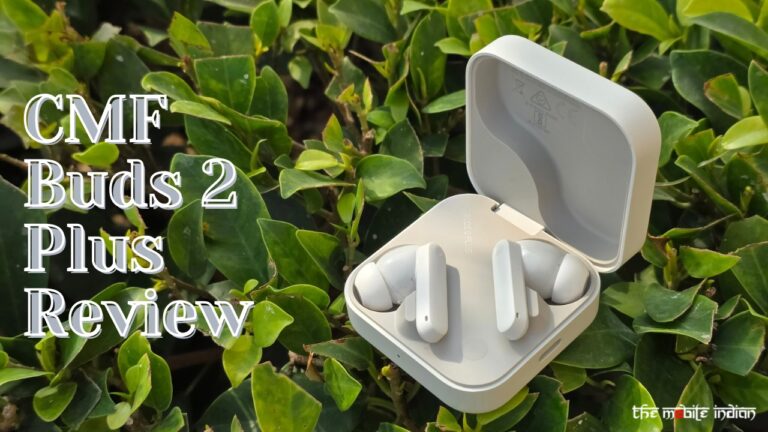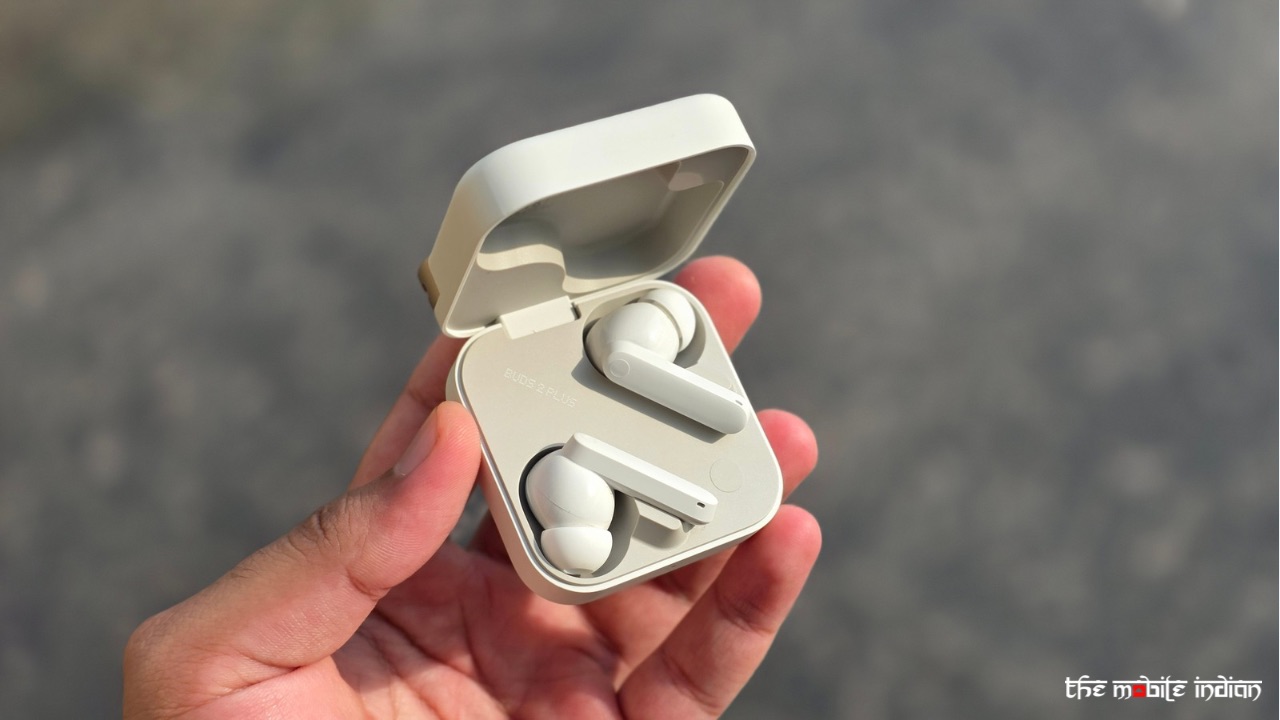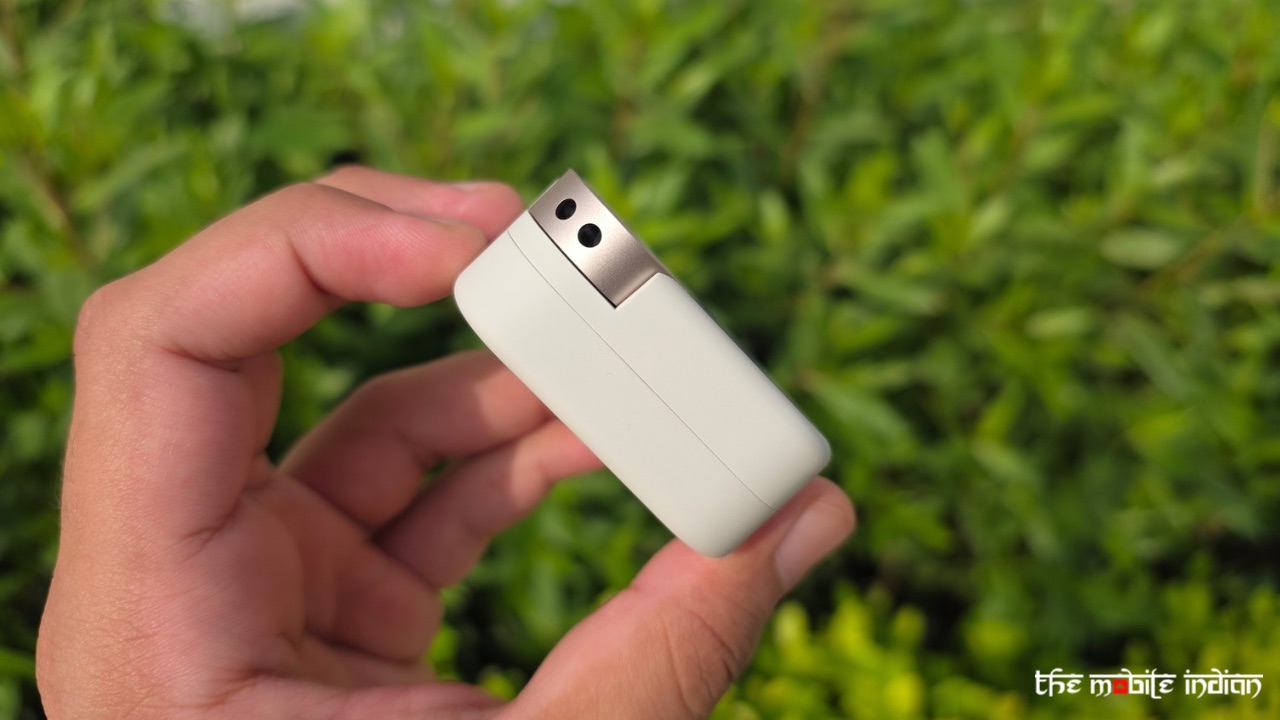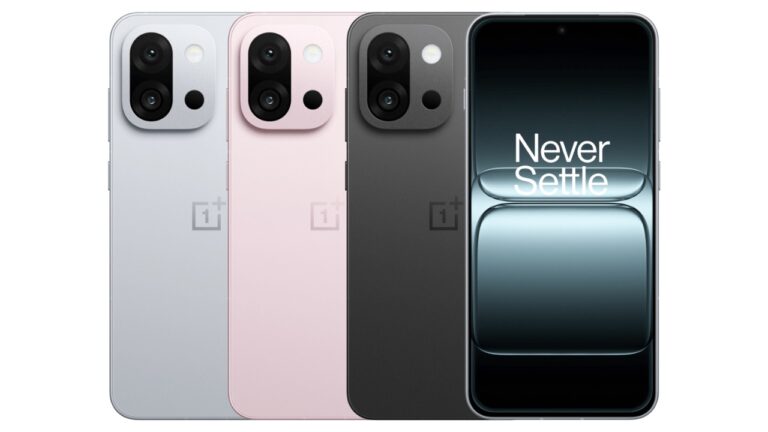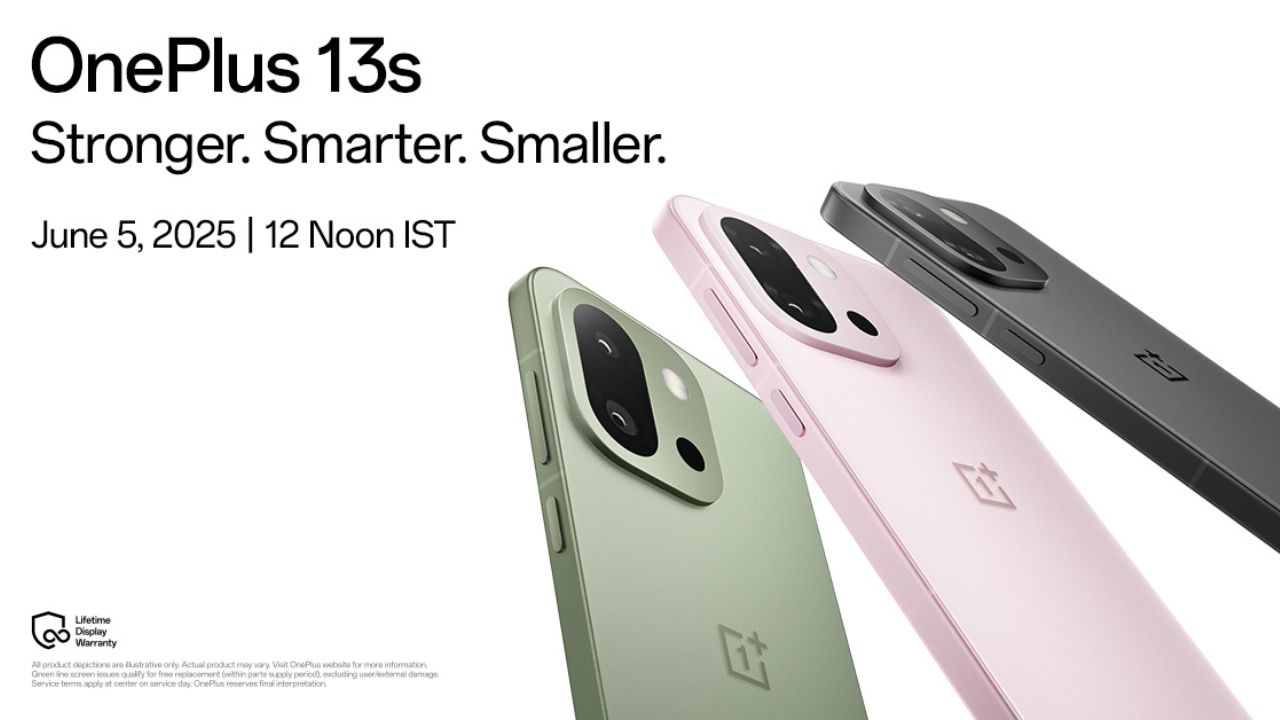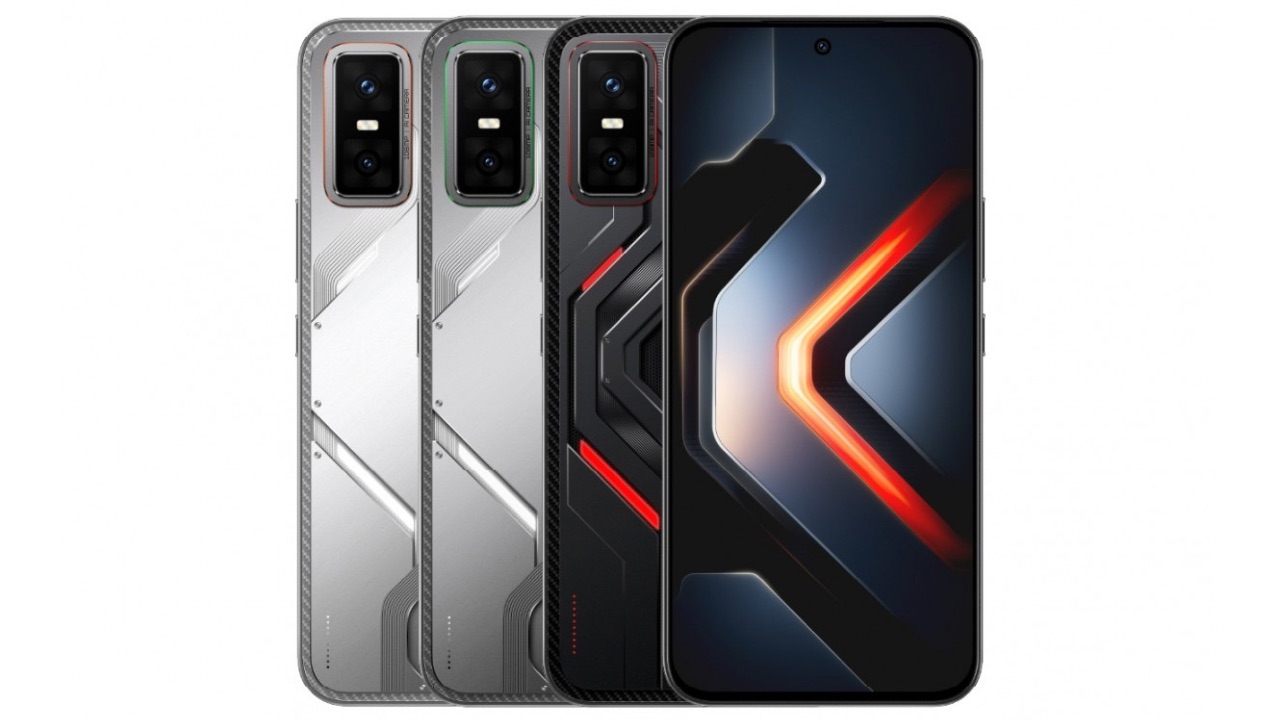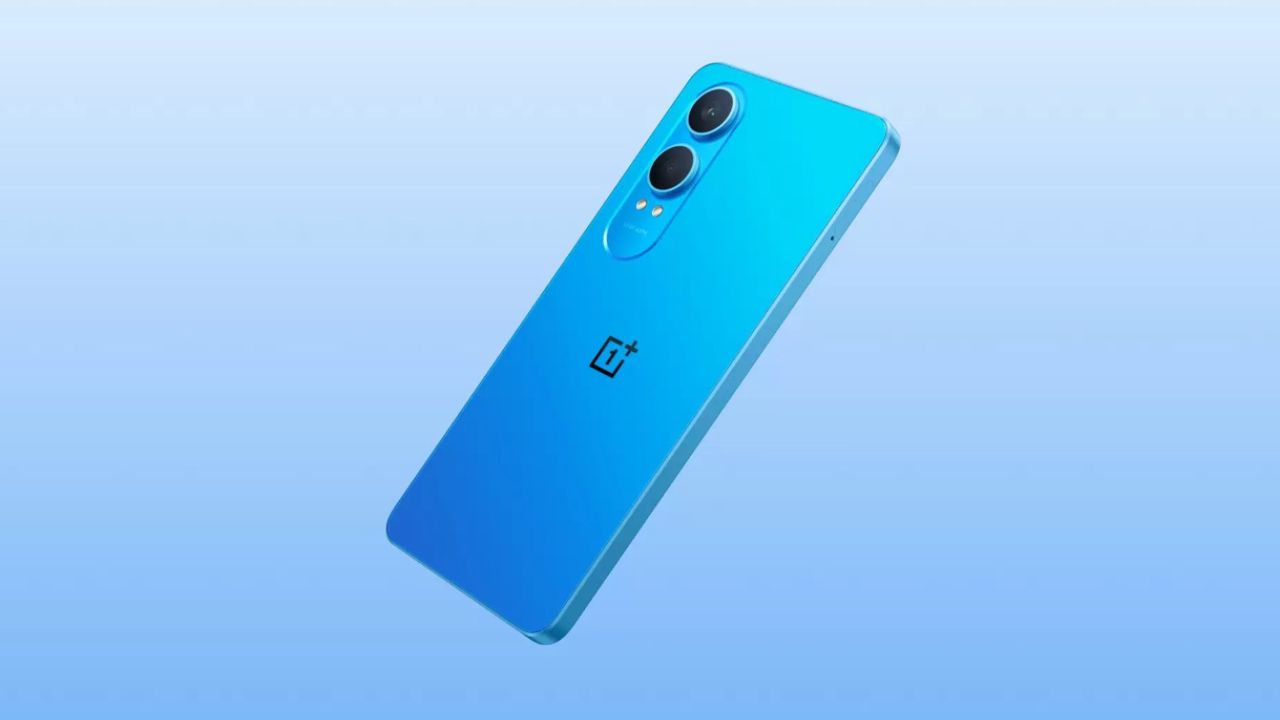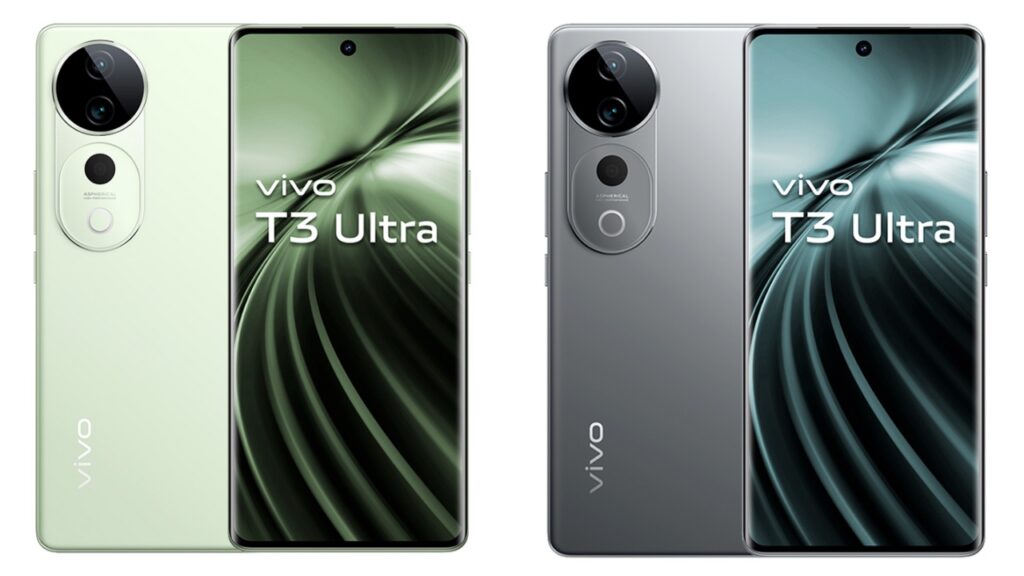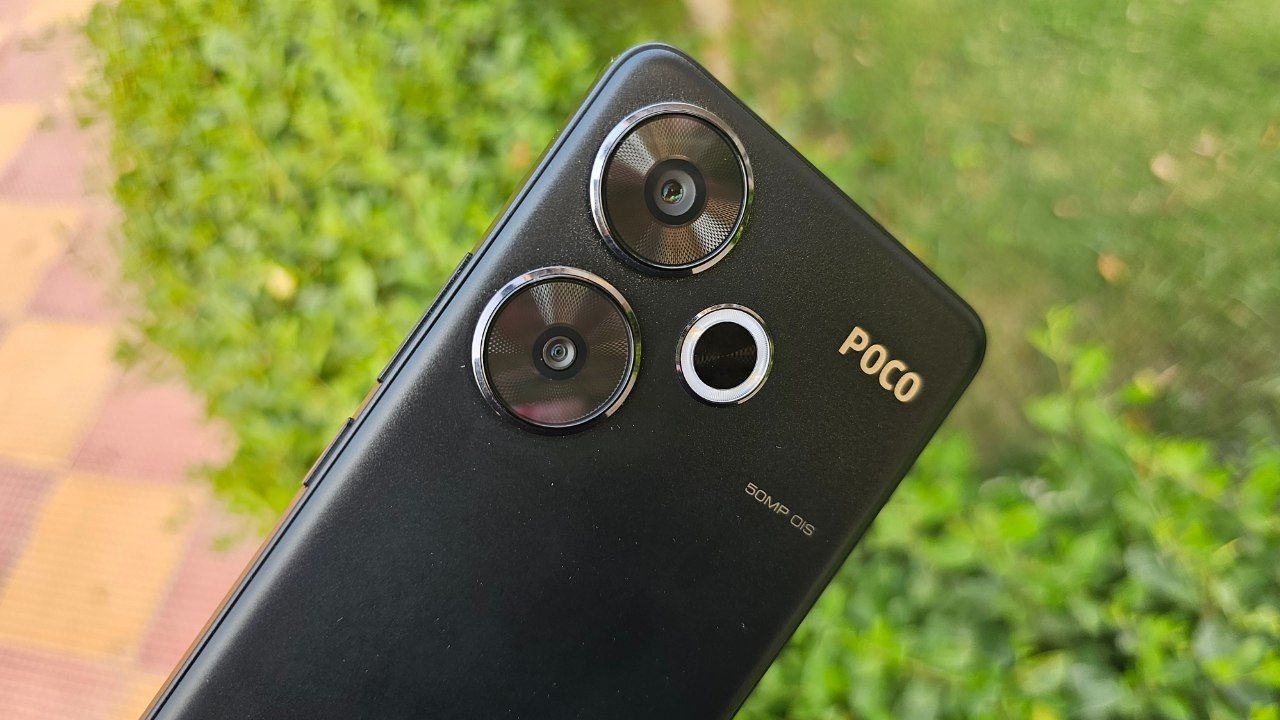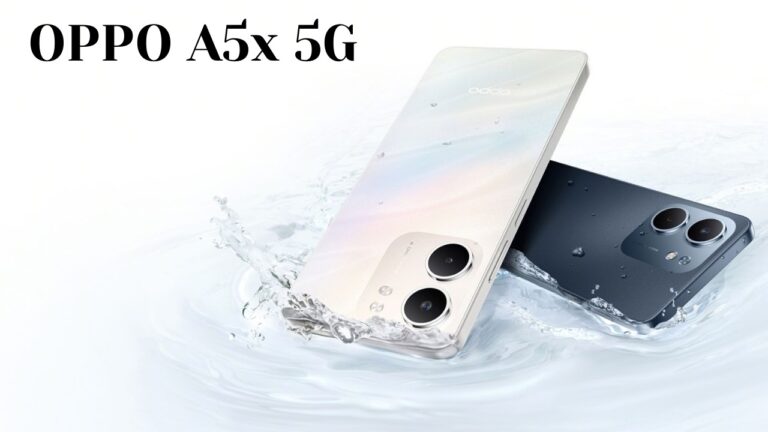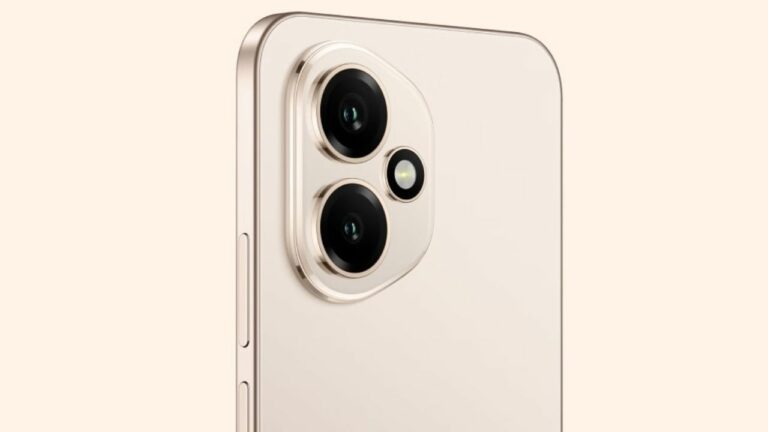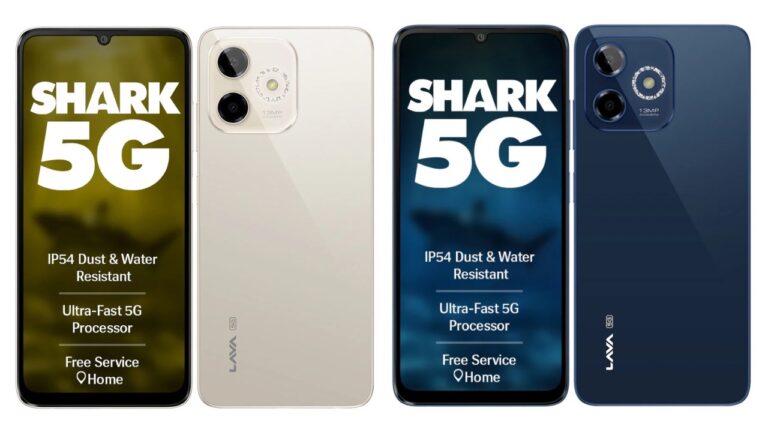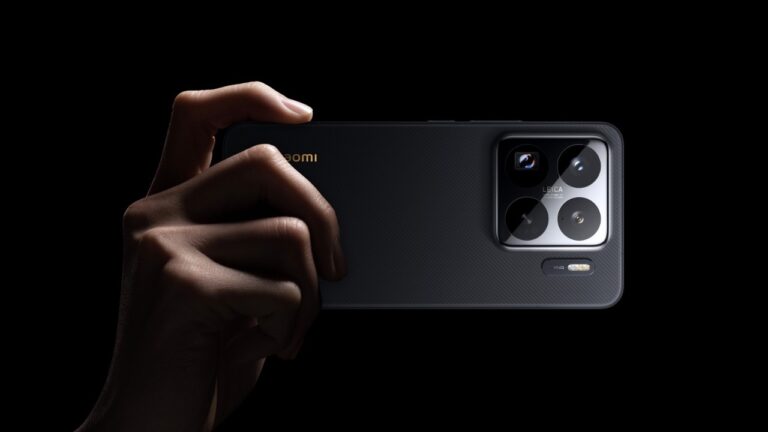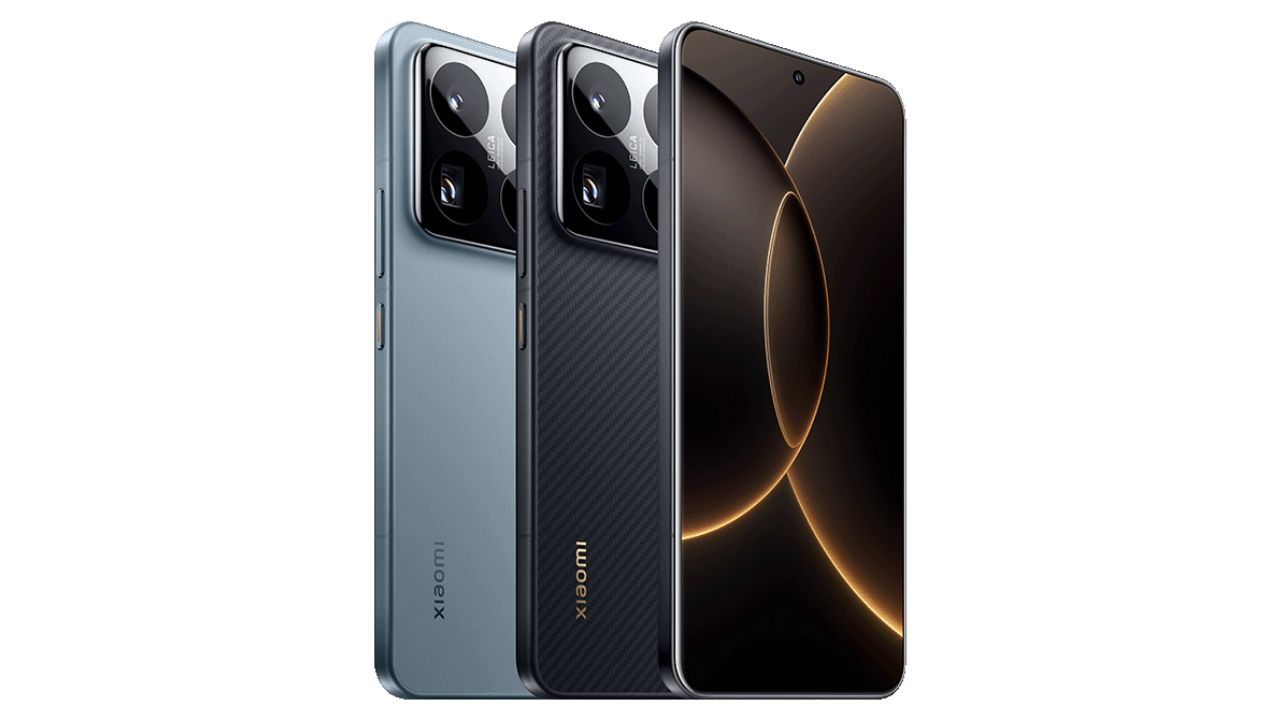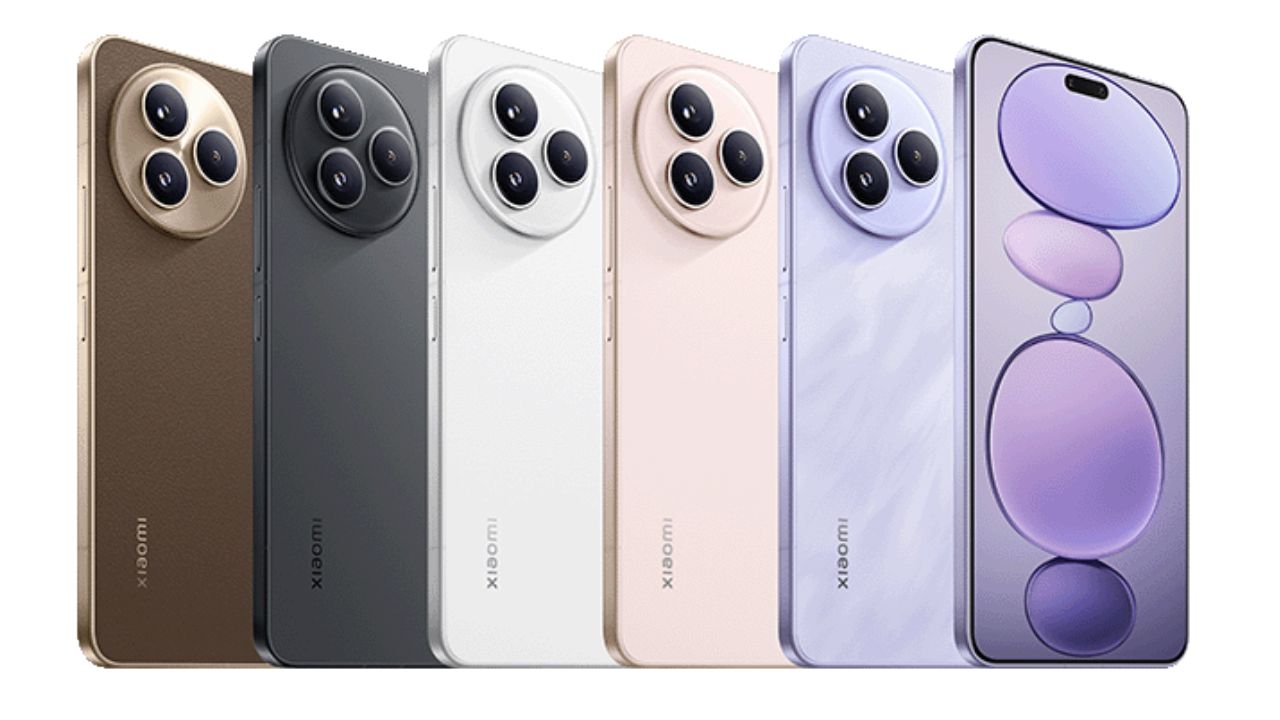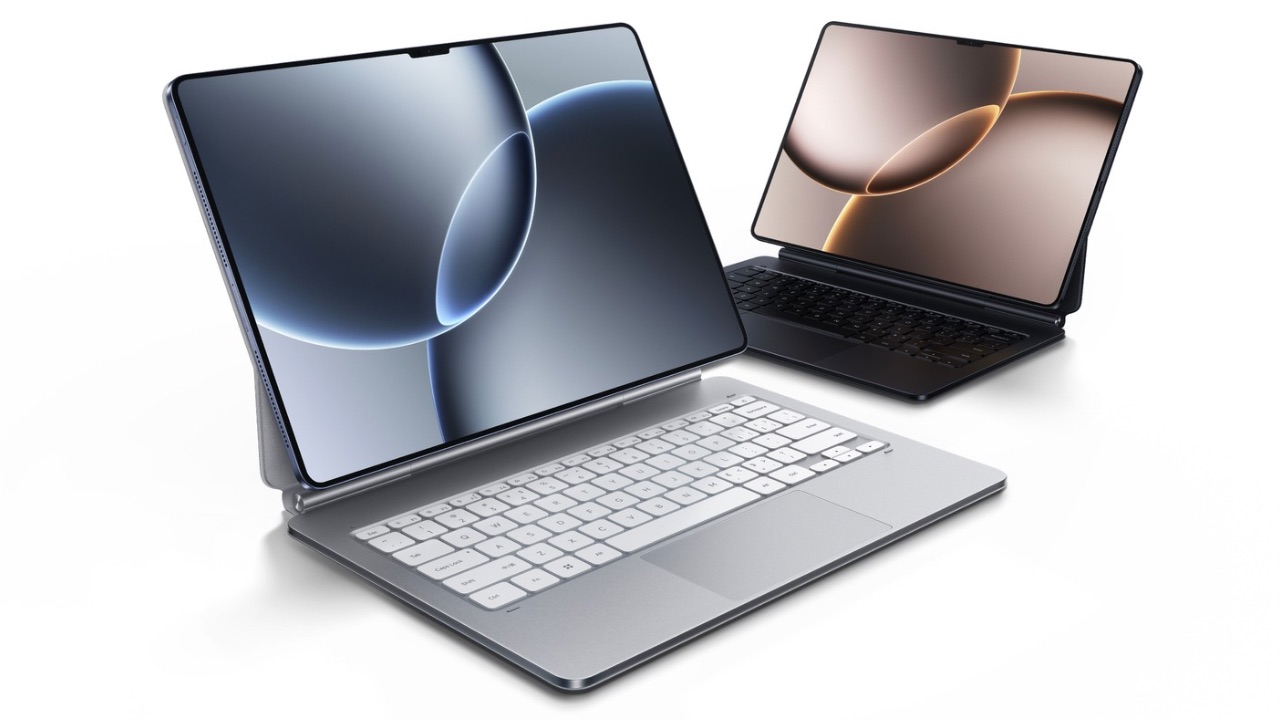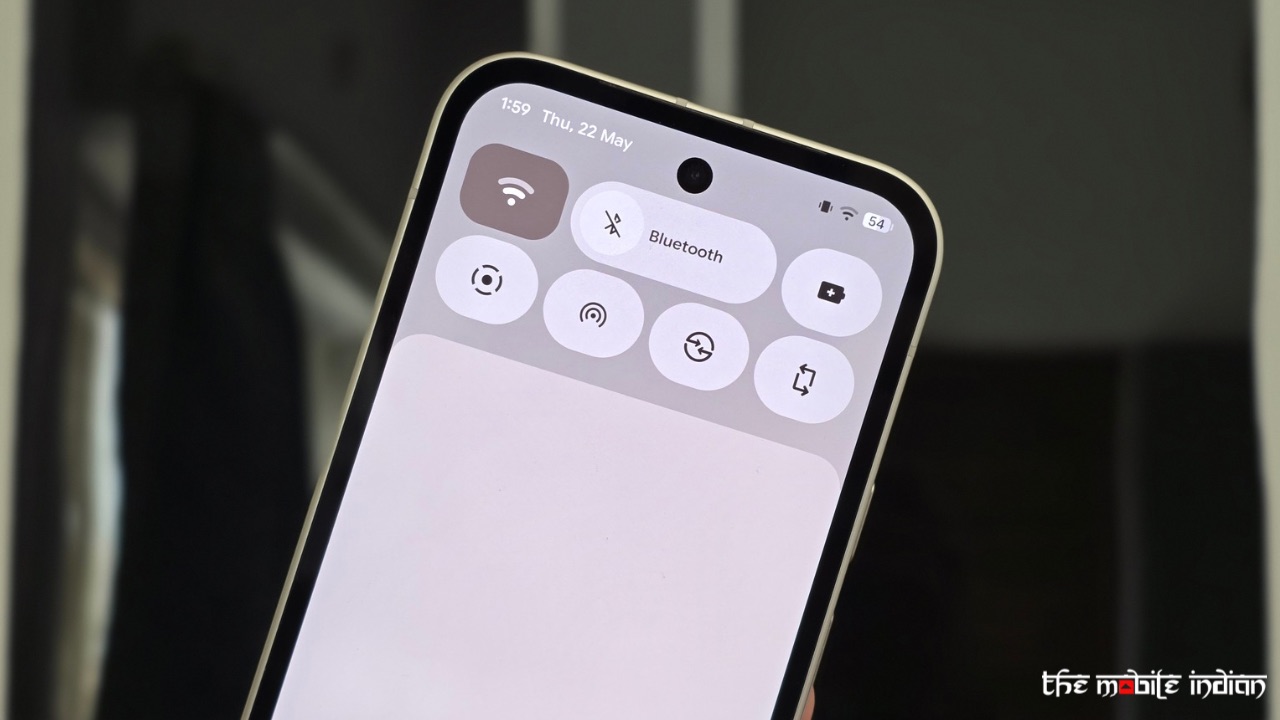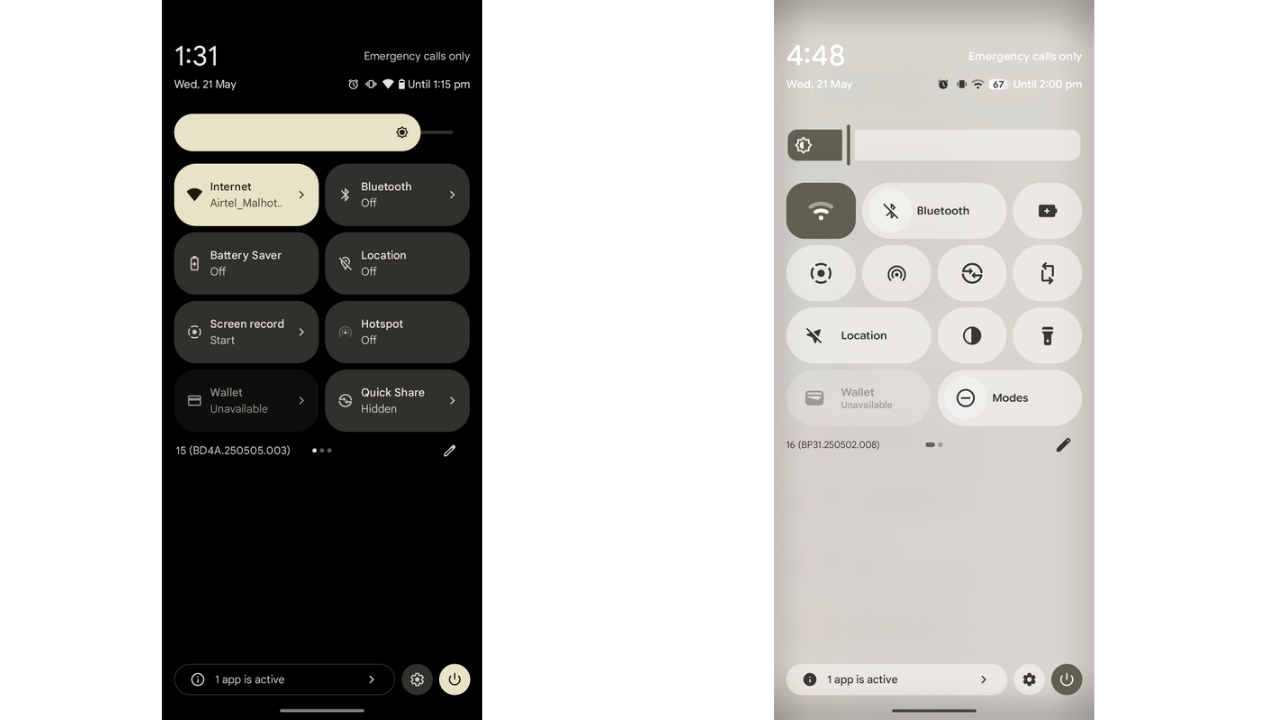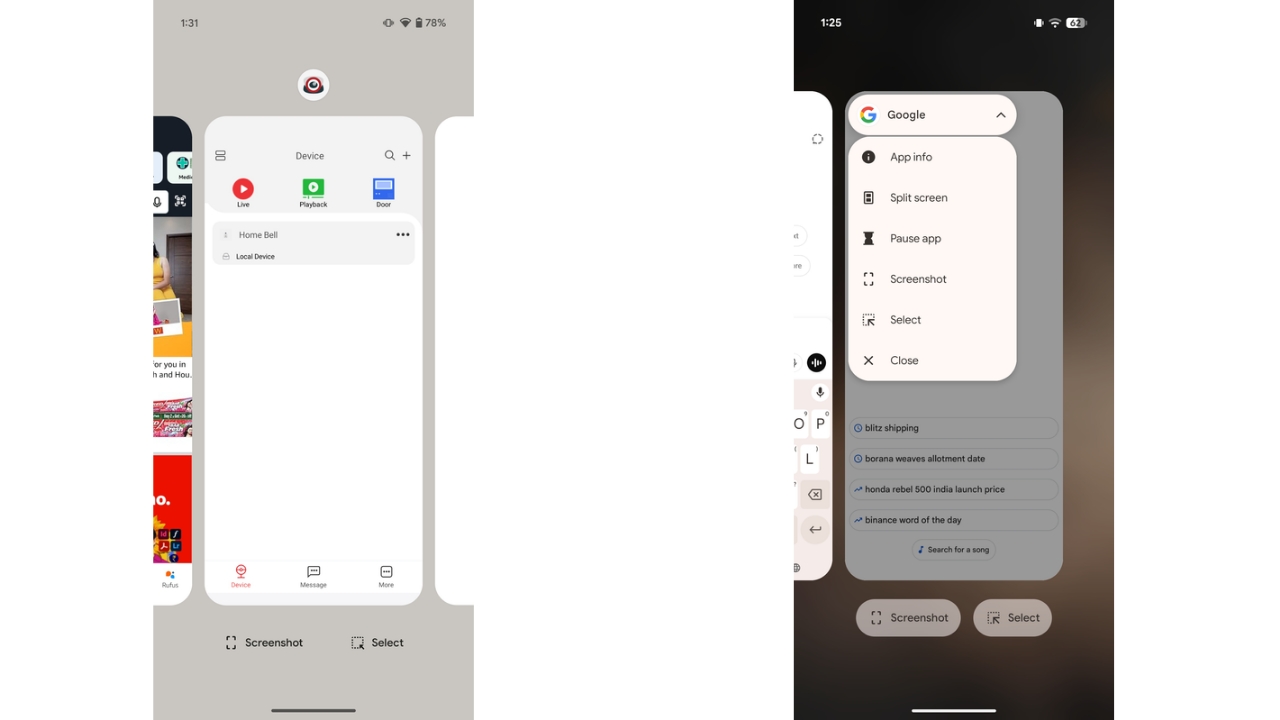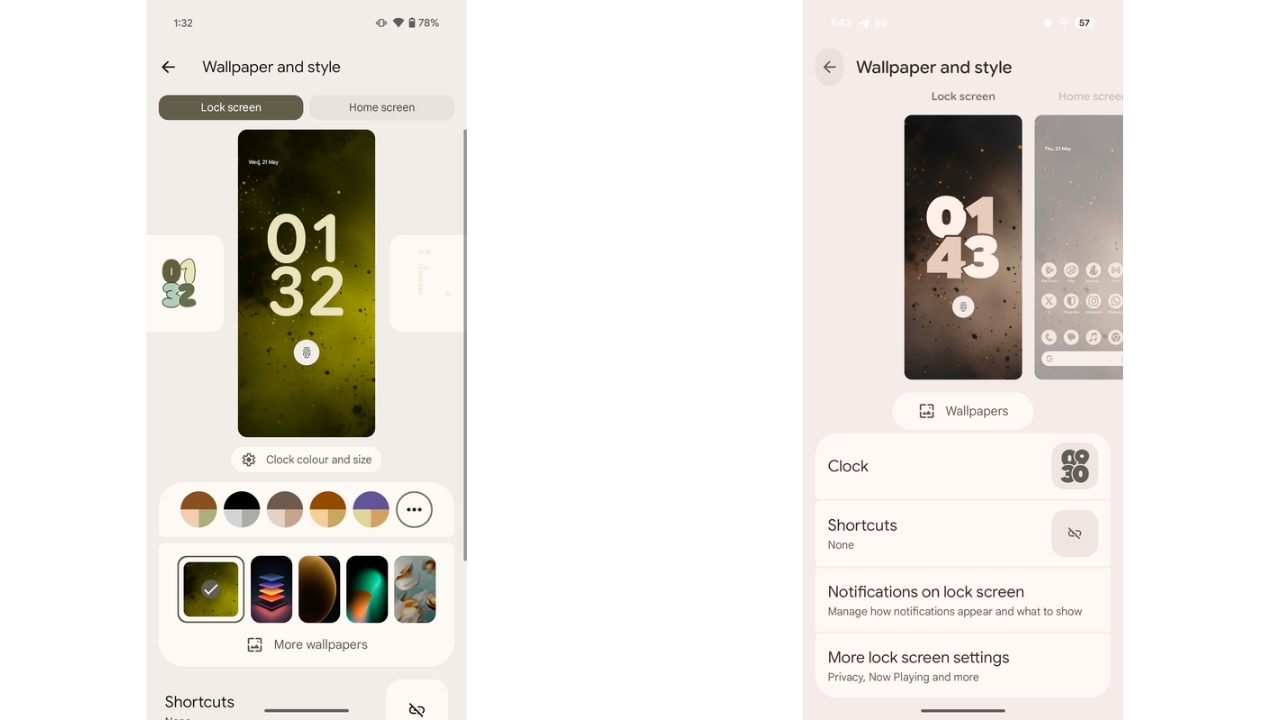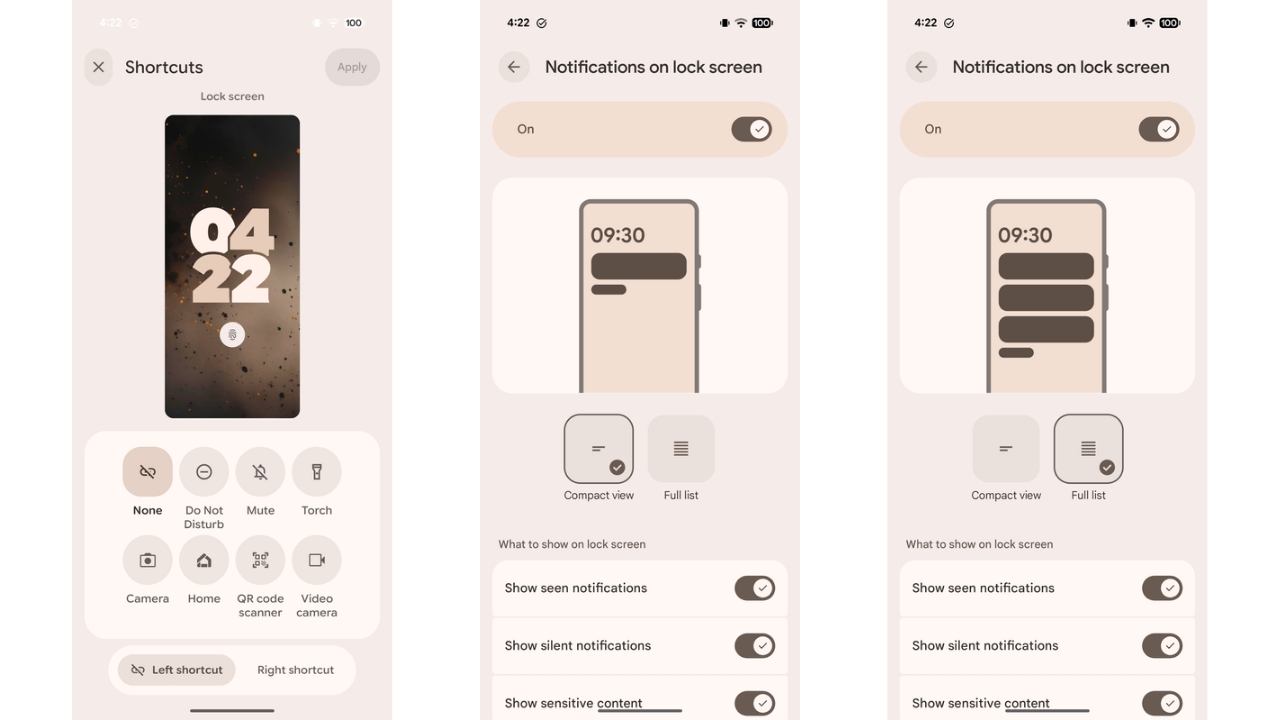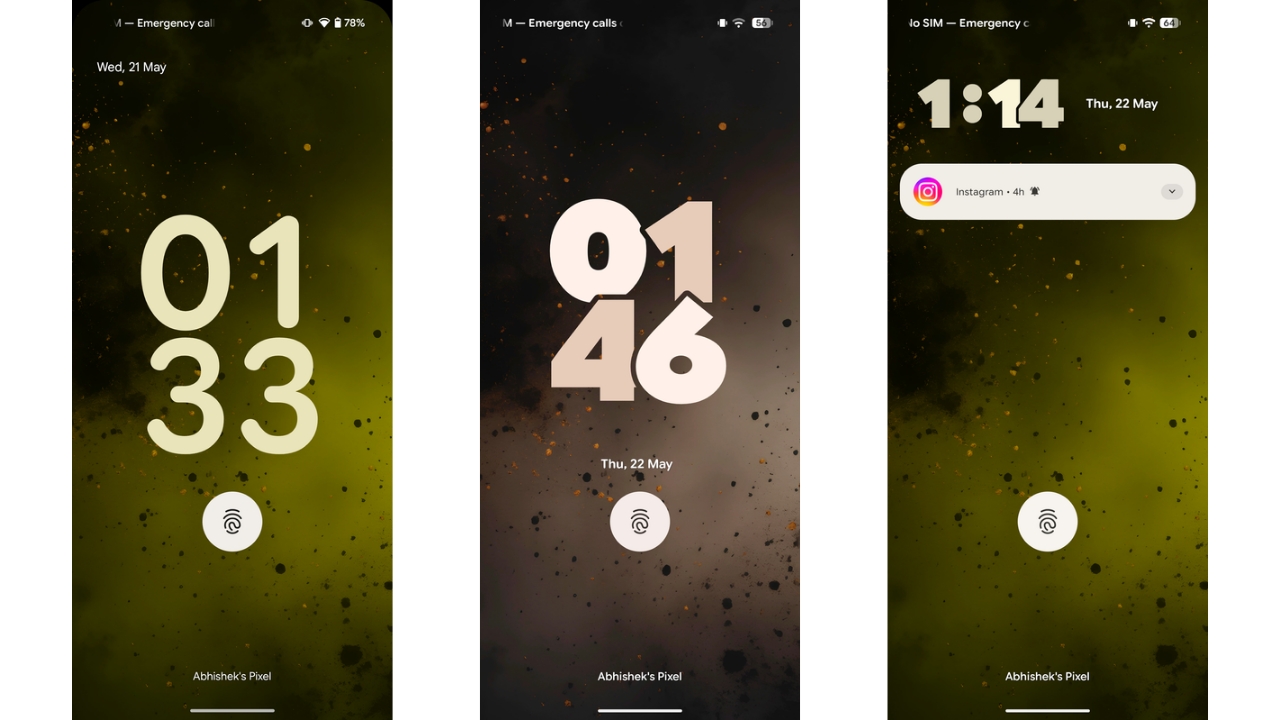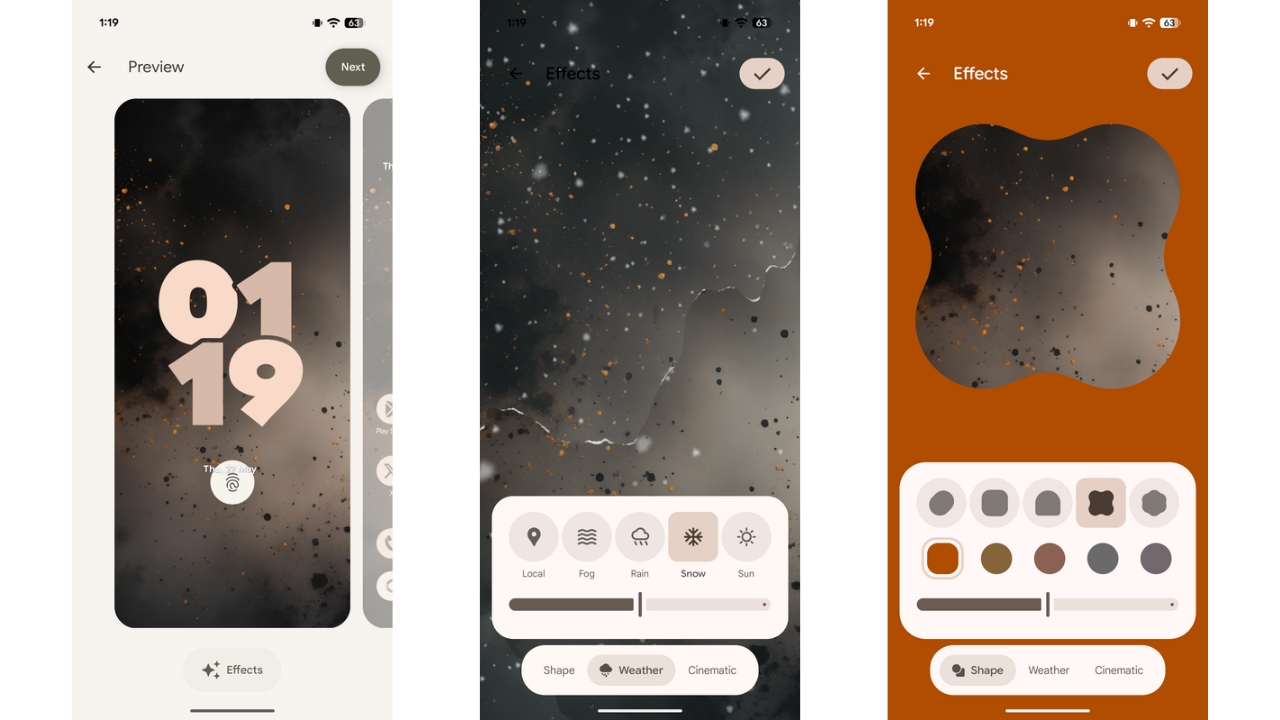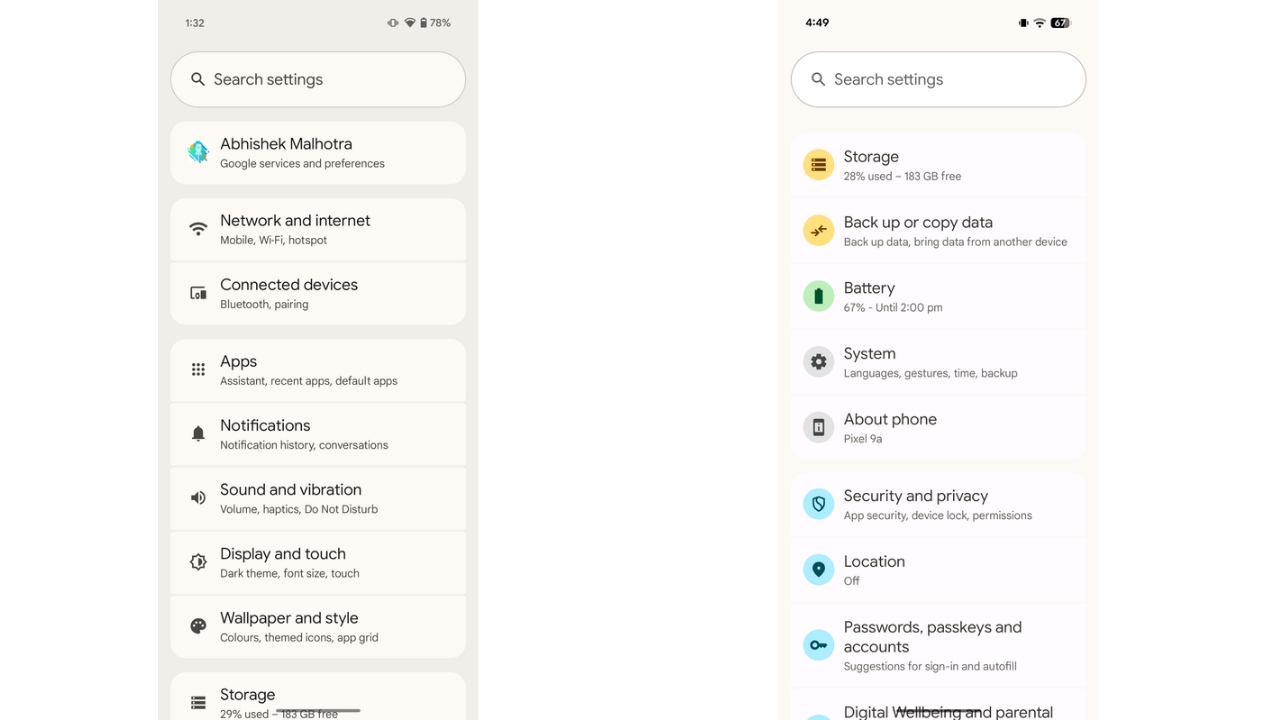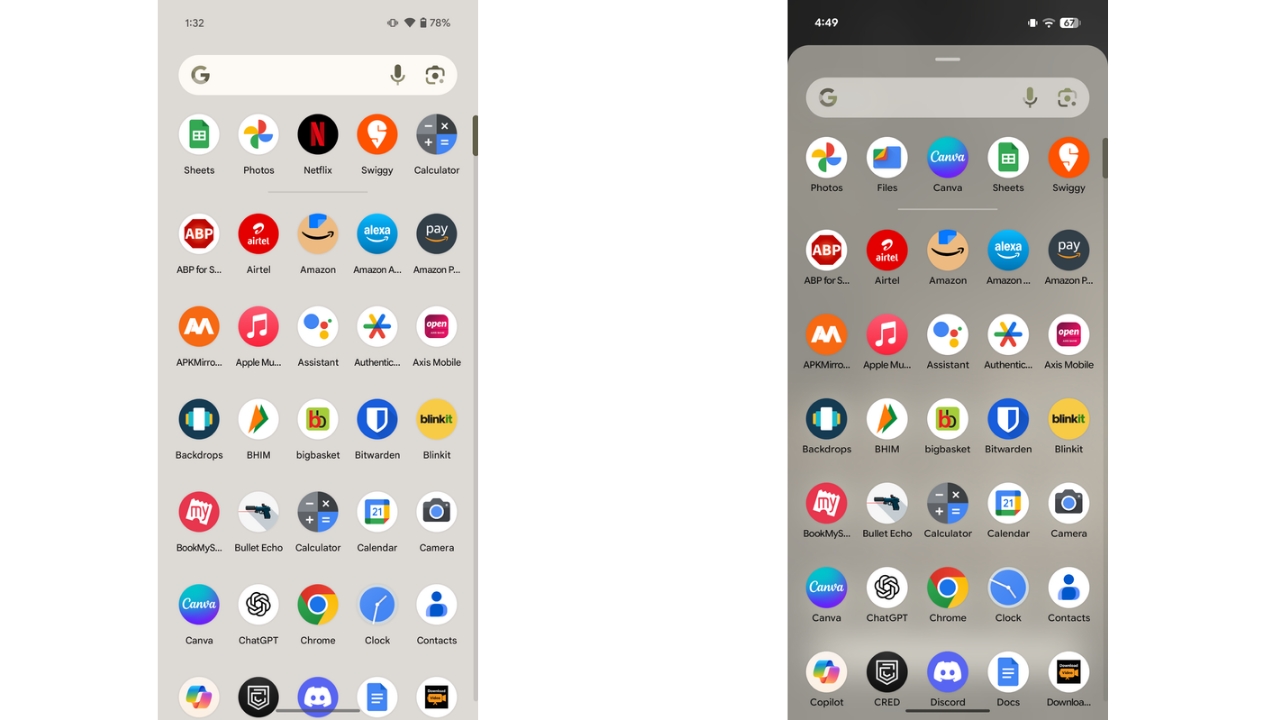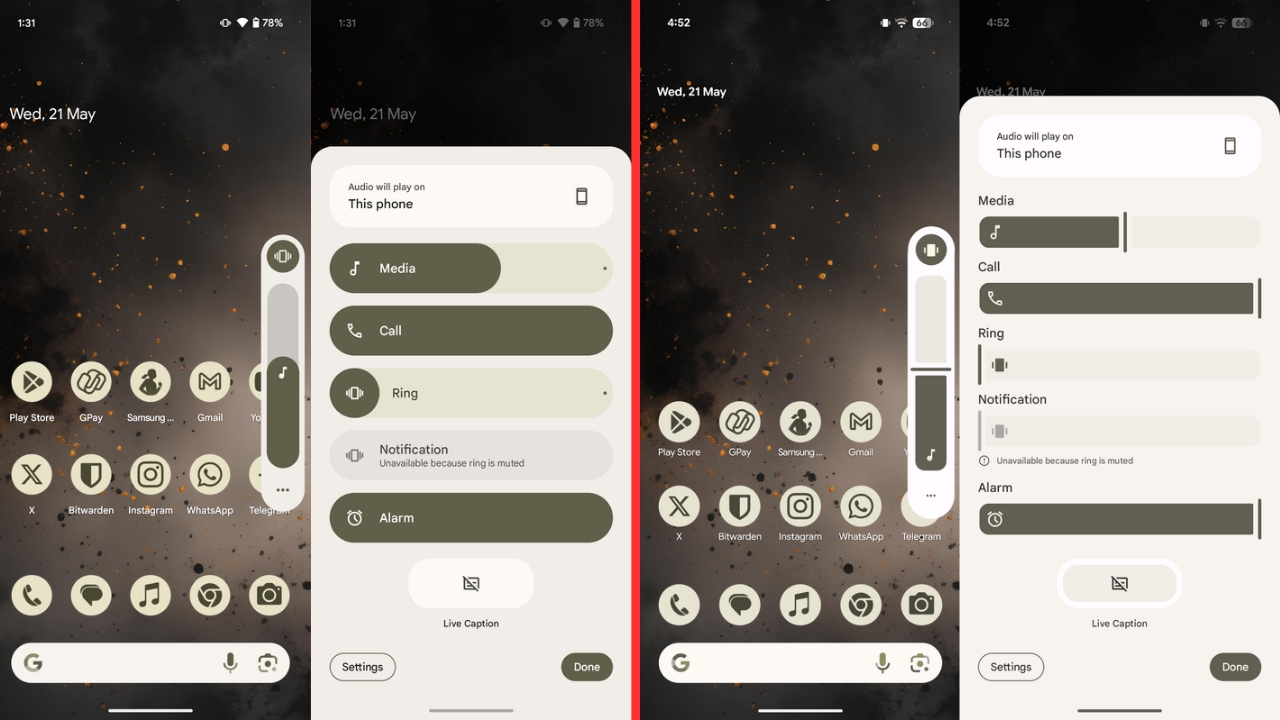Taiwan-based semiconductor giant MediaTek is sharply increasing its investments in India, betting on its engineering talent and growing digital economy to drive its next wave of innovation in artificial intelligence (AI), automotive, and EDGE computing technologies.
David Ku, the company’s Co-Chief Operating Officer and Chief Financial Officer, said India is now MediaTek’s second-largest global base, with 12 offices and a rapidly expanding team. While geopolitical factors have recently reshaped global supply chains, Ku said India’s value lies beyond just politics.
“The driver isn’t geopolitics — it’s talent,” Ku said to The Mobile Indian. “India has strong software capabilities, and we knew it even before setting up our second-largest R&D Centre in India. For us, a software-heavy semiconductor company, it’s a natural fit.”
Ku noted that MediaTek continues to invest heavily in India’s R&D infrastructure, especially in areas like AI frameworks, device software, and support for global edge computing initiatives.
“We see India not just as a market, but as a critical node in our global innovation network,” he said.
India as a Market: “Without a Doubt”
Ku emphasized that India, with its vast population and rapid digitization, is also a key growth market. MediaTek has been increasing its footprint in the country’s telecom and device ecosystems, including partnerships in IoT, 5G, and entry-level computing.
“India is without a doubt a major market,” Ku said. “That’s why we’re investing heavily — both in people and partnerships.”
However, he was cautious about India’s near-term potential as a semiconductor manufacturing hub. “On the foundry and packaging side, it will take time,” Ku said, citing talent gaps and the long lead times required to build a mature fabrication ecosystem. But on the software and R&D side, he is of the opinion that India can be a world leader.
From Smartphones to Smart Everything
Globally, MediaTek is moving aggressively to diversify beyond its traditional stronghold in smartphones — which still account for about 55% of its revenue — into high-growth areas like automotive and data center AI.
“We’re one of the few companies with a product portfolio that spans from edge to cloud,” said Ku. “From a $0.10 sensor to a $20,000 AI accelerator — that’s our range.”
The company invested about $4 billion last year in R&D and is allocating 15% of its current revenue to automotive technologies. MediaTek’s goal: build foundational platforms for intelligent vehicles, especially advanced driver assistance systems (ADAS) and AI-driven cockpit interfaces.
“We believe automotive will soon be a market even bigger than mobile,” Ku said.

AI-Native Future
Ku outlined a vision for “AI-native” computing — where devices no longer just run applications, but intelligently anticipate user needs through embedded AI agents.
“Think of AI as the new operating system,” Ku said. “Like the mouse changed how we interacted with DOS, AI will redefine how we interact with our devices.”
He pointed to AI use cases like virtual assistants that manage real-world tasks — booking a car based on traffic or scheduling reminders based on personal behavior — as examples of how edge devices are evolving.
MediaTek currently supports over 540 AI models on its platforms and sees edge AI as a key battleground, especially as generative AI models become more efficient and accessible.
Data Centers and Custom AI Models
MediaTek aims to generate $1 billion in data center-related revenue by 2026, as part of its strategic pivot. Rather than building large general-purpose models, the company is focusing on optimized chips for specific AI workloads.
“You don’t always need a trillion-parameter model,” Ku said. “For a smart car, you need a model that understands your vehicle, not the weather. It’s about context and efficiency.”
MediaTek’s AI platforms are also designed to support hybrid cloud-edge workflows, a necessity as AI adoption expands across consumer, enterprise, and industrial sectors.
New PC Ecosystems and AI Workstations
Ku also discussed MediaTek’s efforts to redefine the personal computing experience with “AI-native workstations,” particularly through Linux and open-source ecosystems. He expressed skepticism about current AI PCs from major OEMs, calling them more “Microsoft-native than AI-native.”
“There’s a market gap right now. People want AI features, but the software ecosystem isn’t ready. That’s why we’re focusing on building foundational, open AI platforms,” he said.
The company’s DG series devices, running Linux and capable of handling 200+ billion tokens locally, signal MediaTek’s intent to compete in a new category of high-performance edge devices.
Outlook
MediaTek’s multi-pronged expansion — from smartphones to smart cars, from India to AI-native computing — reflects a broader pivot within the semiconductor industry. With edge AI and domain-specific computing taking center stage, Ku believes MediaTek is well-positioned to lead.
“Computation, packaging, and communication — those are our core technologies,” he said. “We’re building for the next decade, not just the next quarter.



